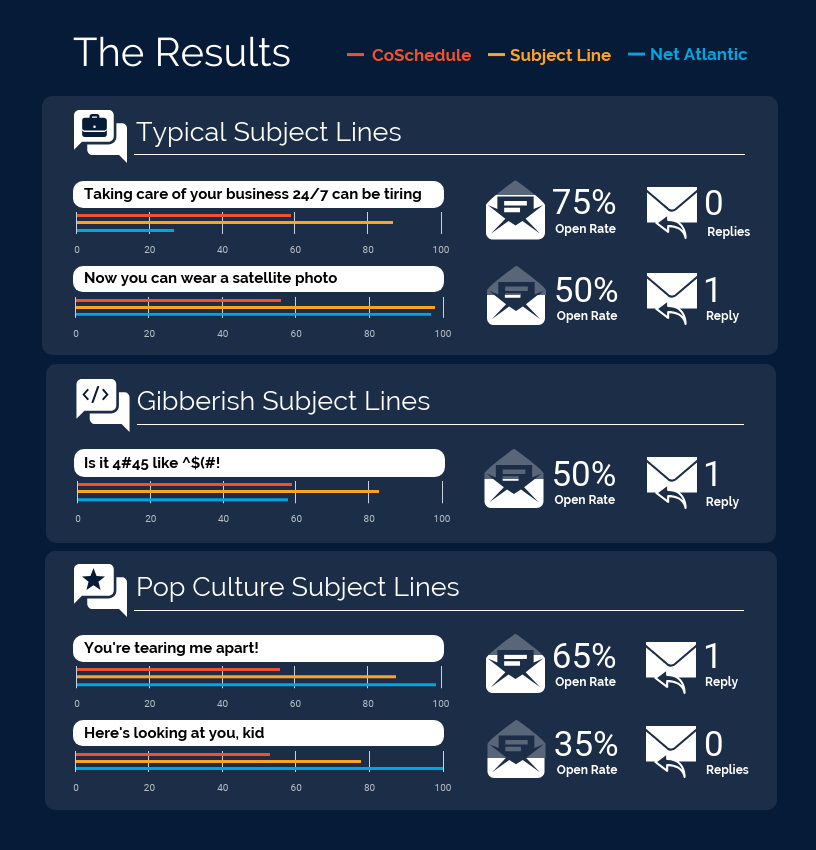
Communicating Data Effectively in the Workplace
[ad_1]
 As data becomes more desirable and available, more and more companies are seeking to use it to help them reach their goals.
As data becomes more desirable and available, more and more companies are seeking to use it to help them reach their goals.
There’s a learning curve for these companies and for their employees. They must become data literate, which means learning how to work with data—and how to communicate it.
As a data communicator who has worked with many different professionals in various situations, I’m excited to share in this article some tips for communicating data, based on your role and goals.
Table of Contents:
Why is communicating data important?
If companies want to use data to inform strategies, improve operations and evaluate results, then employees will need to understand that data—and that usually happens when one of their colleagues explains it to them.
This may be why, at least in part, employees that are data literate are more likely to say they are performing very well.
Unfortunately, however, most organizations lack these data literacy skills, according to Gartner. Data skills are often limited to IT or BI teams, but they are needed across departments and up and down the organization’s structure. It takes a whole company to foster a data-driven work culture.
Since different departments and different levels of management likely have varied skills, and because they are also usually interested in different datasets, their communication needs will vary as well. But what remains true no matter the role or goals is that being able to communicate data makes you better at your job, more helpful to your colleagues, and more valuable to the company.
Communicating data as a leader
Data and information are disrupting and revolutionizing nearly every industry, creating new opportunities for leaders to, well, lead.
Leaders can shape the culture of companies to be more data-driven. A CEO’s own reliance on data sends a powerful message, according to Harvard Business Review. Showcasing leaders who use analytics within internal meetings can also help teams understand the value. Even simply asking the question “What data do we have that’s related to this?” in meetings can have an impact.
More and more, leaders are using data to make informed decisions. But communicating in ways that address employees’ core questions about not only the what and how but also, importantly, the why of these decisions is critical too—especially during these tumultuous times, according to Nancy Duarte in Harvard Business Review.
Even stating what may seem obvious can be key to motivating teams.
Consider using visuals like tree diagrams or roadmaps to provide a “big picture” that everyone across the company can get on board with. Here’re some examples:
Related:
Keep in mind, visuals like tables are probably too nitty-gritty for communication. Use very simple graphs that are super easy for anyone to understand, like line graphs or bar graphs.
Don’t limit yourself to the “obvious.” Sometimes it’s immensely helpful to offer data that people more “down in the weeks” may not be thinking about or looking at, such as data related to competitors.
Whether they embrace data or not, the daily influx of information overwhelms many leaders (almost one-third of global C-suite professionals), according to an Accenture survey.
If your company has an existing high-level data slide deck, for example, then it’s much easier to put the daily details into a larger organizational context, for leaders and employees alike.
But if you don’t, here’s some inspiration:
It’s also effective to address skeptics by discussing any insights or ideas that have been tested and discarded. By making the effort to explain data to others, leaders are also more likely to need to slow down before making common errors in judgment, such as only recognizing or using data that supports their existing beliefs. (There are more examples in this article on Forbes.)
When you have to articulate your reasoning to someone else, you are more likely to question how you got from A to Z. Leaders are wise to invite candid feedback so they can improve both their reasoning abilities and their data communication skills.
Communicating data as a manager
While leaders can inspire people with big visions, managers are tasked with the weighty task of implementation.
This may be why while at least 75% of C-level professionals say employees have the ability and tools to work with data, only around 50% of middle managers and their reports agree, according to the Accenture survey.
As the saying goes (sort of), with great responsibility comes great power. When it comes to cultivating a data-driven culture, managers can be just as influential as leaders, if not more so. They can support and encourage employees to develop and hone their data skills.
This means managers need to flex their own data muscles as much as possible and as often as possible. They should have plenty of opportunities to practice since they may need to report on data to leaders, fellow managers, reports, human resources, and perhaps others.
Each of these audiences will be looking for something a bit different. Leaders are often overwhelmed and fellow managers may not be as invested in the details, so for both of these audiences focus on the major insights, like in the templates shown below:
When communicating in reports or people who are more familiar with the topic or data, include the insights as well as the data to show them how the two are connected.
For example, to get your team aligned, create a visual roadmap with pertinent details.
No matter the audience, don’t neglect to connect your data communications to the WIIFM—What’s In It For Me.
For some audiences, this will mean showing return on investments. For others, it will mean highlighting the human elements or stories in the data.
Naturally, managers can also consider data when it comes to workforce development.
Of course, they can advocate for investing time and resources into supporting employees with enhancing their data skills. They can also use data to assess factors like employee engagement and retention as well as determining what skills their team will need to recruit or develop to execute the company’s 5-10 year plans.
Managers can also encourage team members to be curious, including by asking questions themselves, ones that inspire employees to investigate what data they might be able to contribute to the conversation.
Communicating data as a specialist
Managers are key conduits of information in companies, and those reporting to them are essential as data researchers, architects, analysts and—you guessed it—communicators.
Regardless of their job title and where their expertise lies, specialists can use data to monitor their progress towards goals, and perhaps compare their outputs and outcomes to others’:
Being able to communicate about data helps them better showcase their work and explain its impact on customers, clients, and the company as a whole.
Few job functions have no opportunity to use data of some kind, but of course different roles require different levels of data literacy.
Those who are heavy-hitters when it comes to data, like scientists, analysts and engineers, can be indispensable to companies looking to become more data-driven. They are already data literate, but they may face unique challenges when explaining data or their work to their colleagues who are not. Being data-savvy is one thing, being a data champion is another.
Data specialists generally need to keep it simple, including using plain language whenever possible, and focus on the important takeaways.
Also, the more relationships they can build, especially with people outside their team, the more their company will benefit.
Specialists who don’t consider themselves to be data professionals per se not only need to familiarize themselves with the data that might be available and useful to them, but they also need to understand how to work with the data so they understand it fully before communicating about it.
It can be hugely helpful for these specialists to form formal or even informal partnerships with data experts in the company, colleagues who can be mentors or thought partners on their data literacy journey. It can be difficult to speak up if there’s confusion or even concern, but doing so can help avert mistakes both big and small.
Specialists of all kinds, from the data-phobic to the data-evangelizing, are essential to incorporating data into operations across the company. When they are able to communicate about the data most relevant to their own position or team, they provide critical support to both managers and leaders who want to make decisions that are informed by data, rather than riskier hunches.
When sharing information with managers and leaders, specialists should first offer key insights, the high-level data that supports those insights, and recommended next steps. If there’s interest or even confusion, they can then offer a walk-through, explaining details like data sources, what’s being measured, how it’s measured, and what patterns are clear.
Written reports allow colleagues to have something to continually reference, but it’s wise to also host presentations to allow for questions and discussion.
It’s optimal to include a variety of data in reports and presentations, for example both quantitative average ratings and qualitative customer reviews.
Also, try not to bury any “bad news.” Facts are facts, and data can often facilitate the kinds of honest discussions that are necessary to avert missteps and minimize risks.
Lastly, always support whoever you’re communicating with, be they colleagues, managers or partners, in being able to share the information with others. Offer them a one-page infographic with key data points and takeaways, such as one of the ones featured in this article.
Summary
Whether you are a leader, manager or specialist, being able to communicate about data in the workplace will not only improve your performance, it will improve others’ as well.
Yes, different teams will likely use different datasets, but what really matters is that different people in the company may be looking to understand different things about the data you are working with, based on their role, their goals, their level of knowledge, etc.
By keeping your audience in mind, you aren’t merely sharing data, you are making it meaningful. That’s what allows for informed decision making and improved outcomes.
Want to communicate data effectively using visuals like the templates above? Simply sign up for a free Venngage account and start designing—no experience required.
[ad_2]
Source link






























![6 Steps to Create a Strategic HR Plan [With Templates]](https://venngage-wordpress.s3.amazonaws.com/uploads/2022/08/3e611956-2d22-469e-bbea-a3d041d7d385-1-1-1.png)




